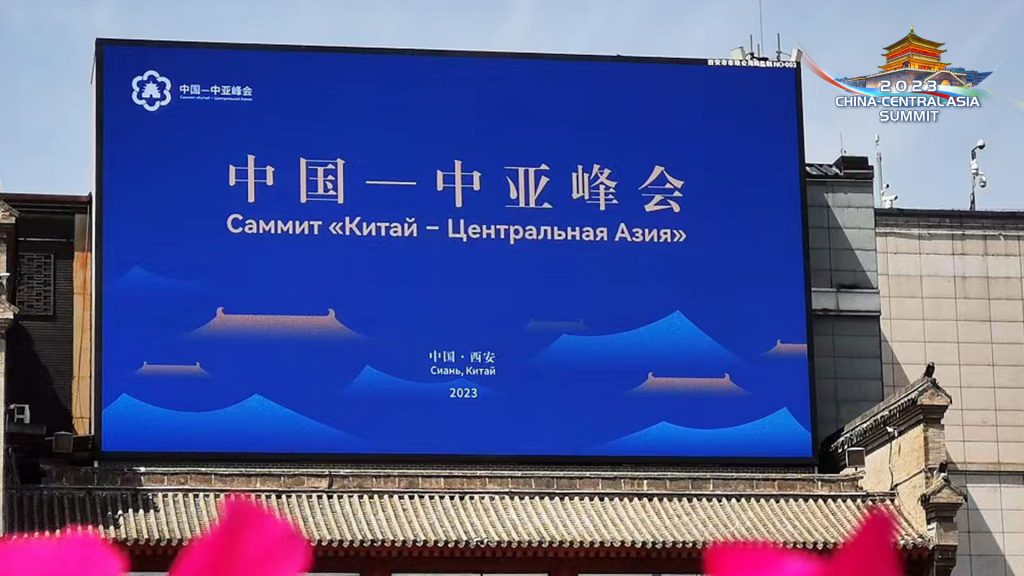As the G7 leaders congregate in Japan, all eyes are turning to China as the country hosts the historic summit with Central Asian nations. With the formal establishment of relationships thirty years ago, this unique event is unlike any other, marking a pivotal juncture in the region’s history.
This summit holds great significance for China as it presents an opportunity to deepen ties, foster cooperation, and promote peace and prosperity. The world is closely watching this meeting, which could shape regional dynamics and underscore China’s commitment to global leadership.
The China-Central Asia Summit taking place in Xi’an bears particular significance in light of China’s Belt and Road Initiative (BRI). It aims to fortify connections between China and the five Central Asian countries – Kazakhstan, Kyrgyzstan, Tajikistan, Turkmenistan, and Uzbekistan. By selecting Xi’an, a city with a rich historical importance, as the venue, China not only pays homage to its past but also sets the stage for enhancing ties between the participating nations.
Through infrastructure development and enhanced transportation links, the China-Central Asia Summit provides an avenue to stimulate regional growth, business, and connectivity. A noteworthy project is the China-Kyrgyzstan-Uzbekistan railway, which holds potential to facilitate movement of goods and people while encouraging regional integration. Additionally, plans to expand the Central Asia-to-China gas pipeline would bolster energy cooperation and economic ties. These initiatives reflect China’s commitment to sustainable growth and deeper relations with Central Asian nations.
The region’s rising strategic importance is evident from the significant trade volume of $70 billion between China and Central Asian countries in 2022. Moreover, China’s external direct investment stock in these five nations reached US$15 billion by March 2023, as per China’s Ministry of Commerce. These investments focus on sectors like geological exploration, oil and gas production, connectivity, and digital technologies. A major Belt and Road Initiative project, the railway linking China, Kyrgyzstan, and Uzbekistan, is under construction and expected to be operational by 2028. Furthermore, defense interactions, such as joint military drills and border infrastructure improvements with Tajikistan, accentuate the burgeoning regional security cooperation.
Additionally, the growth of Confucius Institutes and scholarships for studies in China have extended Chinese influence in the Central Asian educational sector. The summit may also lead to the signing of a visa-free agreement between Kazakhstan and China. Turkmenistan aims to negotiate the establishment of a fourth gas pipeline branch to China, necessitating Tajikistan’s cooperation, while Uzbekistan has a keen interest in constructing a new railway.
In conclusion, the China-Central Asia Summit is a vital event to promote regional collaboration, economic growth, and strengthened ties amidst shifting global dynamics. The Belt and Road Initiative, highlighted during the summit, catalyzes economic cooperation, revives historic trade routes, and propels infrastructure development. China’s investments, defense commitments, educational exchanges, and potential visa-free travel arrangements further support these advancements. This summit serves as a striking exemplification of China’s dedication to global leadership and international relations.





